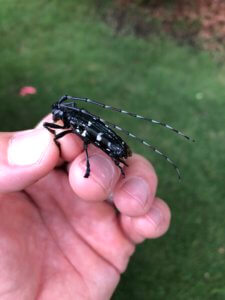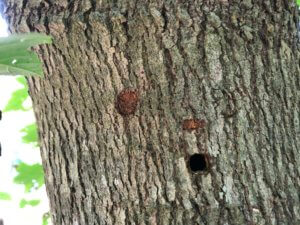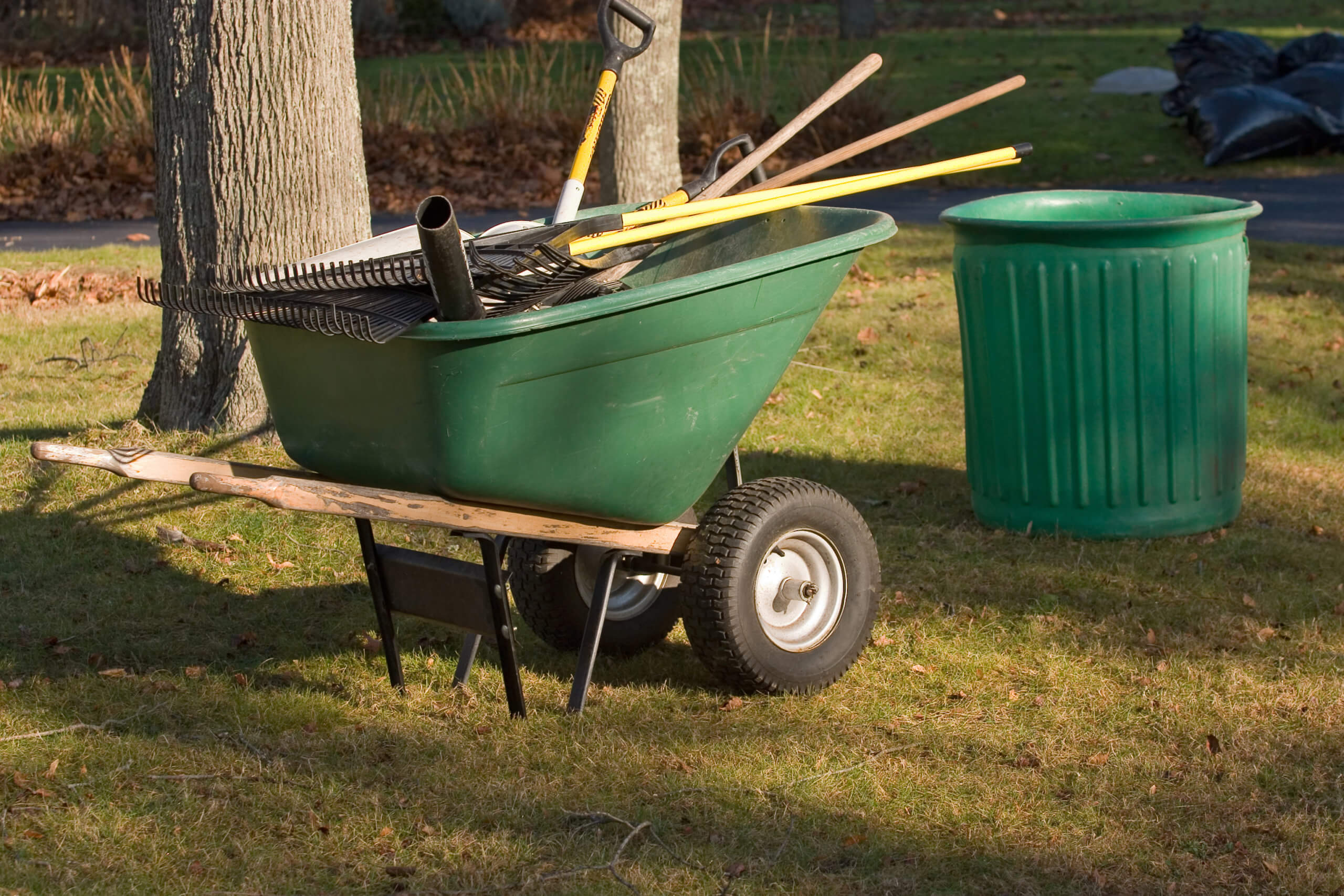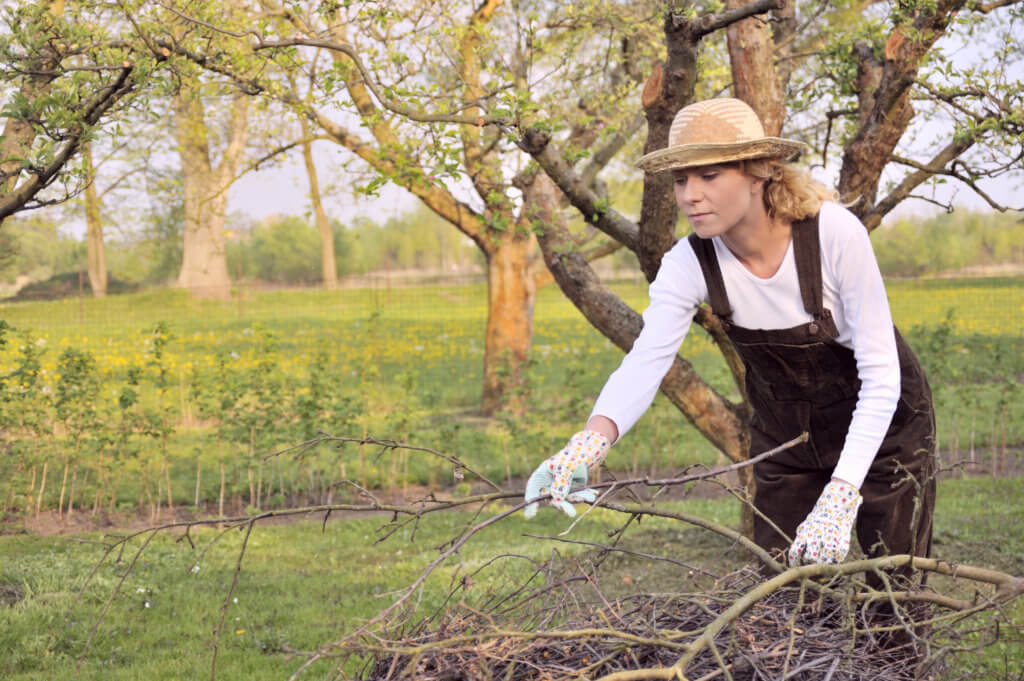USDA APHIS published the final rule that will remove federal domestic EAB quarantine regulations on December 15th 2020, with the rule to take effect January 14 2021 (read the press release here). This action will generate two key changes that pertain to the movement of potentially EAB infested firewood. The first change is that no directly EAB-connected federal regulation will apply to firewood- however, keep in mind the other federal, state, tribal, and private regulations and rules that apply to firewood will remain. The second change is that the federal structure that allows for the certification of heat-treated firewood in EAB infested areas (compliance agreements) will no longer apply, and therefore certification programs will need to shift to rely on state-based compliance agreements or other types of verification.
To aid in the potential development of state-based firewood regulations and heat treatment certification programs, the National Plant Board proactively developed a comprehensive set of Firewood Guidelines. These guidelines are now available online, and they contain templates, research references, recommendations, and case studies that will help inform adaptive changes over time. You can find the National Plant Board Firewood Guidelines here.
The Don’t Move Firewood campaign is run by The Nature Conservancy to reduce the rate of spread- and thus mitigate the impacts- of forest pests across North America. The campaign is based on the concept that the pathway of firewood should be addressed holistically, and the specific pests that may be in or on firewood are secondary to the idea that firewood itself can pose a threat. The Don’t Move Firewood campaign has always provided outreach materials reflecting the focus on firewood, regardless of if it is from a defined area with a federally regulated pest (such as emerald ash borer, or Asian longhorned beetle) or not (such as goldspotted oak borer, or thousand cankers disease). Due to this focus, Don’t Move Firewood outreach activities after the federal deregulation of emerald ash borer will be largely unchanged- with the exception of updating all materials describing former federal EAB quarantine boundaries. In 2021, all states and provinces on the Firewood Map found on Don’t Move Firewood website will be revised to reflect the changes in the firewood regulation environment.
For more information that pertains to this process, please visit:
- National Plant Board Firewood Guidelines website
- USDA APHIS Changes Approach to Fight Emerald Ash Borer (EAB)
- Published comments on the emerald ash borer deregulation proposal. Don’t Move Firewood blog post, November 2018
- FOCI webinar, National Plant Board Firewood Working Group Overview. Webinar recorded February 2019










